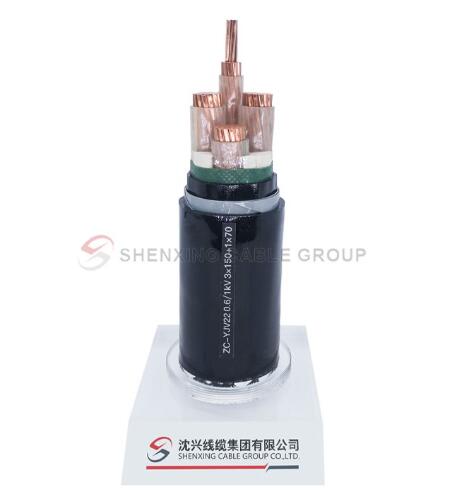Power cables are essential for transmitting electricity safely and efficiently across homes, offices, and industrial sites. While they are built to last, their longevity depends on various factors, including the type of cable, its environment, and how well it is maintained. In this article, we will explore the factors that influence a power cable's lifespan, typical durations, and signs of wear and tear to help you assess when a replacement might be necessary.

The durability of a power cable is significantly affected by its material composition, the conditions it is exposed to, and how it is used. Here are the main factors to consider:
Material Quality: Power cables made from high-quality materials such as copper or aluminium conductors and durable insulation tend to last longer. Poor-quality materials are more prone to degradation over time.
Environmental Conditions: Cables exposed to harsh environmental factors like extreme temperatures, UV radiation, or moisture may deteriorate faster. For outdoor applications, using cables rated for weather resistance is critical.
Mechanical Stress: Frequent bending, stretching, or heavy loads placed on cables can reduce their lifespan. Proper installation techniques can help minimise these stresses.
Electrical Load: Overloading a power cable can lead to overheating, which accelerates wear and reduces its operational life. Always use cables that match the intended electrical capacity.
The expected lifespan of a power cable varies based on its type and usage:
Household Cables: Standard cables used in domestic applications can last 20–40 years under normal conditions. However, frequent use and exposure to wear and tear may shorten this period.
Industrial Cables: Heavy-duty cables used in industrial settings are designed for durability and may last 30–50 years if properly maintained.
Underground Cables: These are generally more robust and insulated against moisture and mechanical damage, allowing them to last up to 50 years or more.
Recognising the signs of a deteriorating power cable is crucial to ensure safety and prevent power outages:
Physical Damage: Cracks, frays, or exposed wires are clear indicators that a cable needs immediate attention.
Discoloration or Burn Marks: These can suggest overheating or electrical arcing within the cable.
Frequent Power Issues: If a device connected to a specific cable frequently loses power, it could be due to internal wire damage.
Age: Even without visible damage, an old cable may lose its effectiveness over time. Regular inspections can help determine if it should be replaced.
Taking proactive measures can significantly extend the lifespan of your power cables:
Ensure proper installation to minimise bending or stretching.
Use cable management systems to avoid tangling or accidental damage.
Match cables to their intended electrical load and application.
Conduct regular inspections and maintenance to identify early signs of wear.
If you notice signs of wear or suspect a power cable is nearing the end of its useful life, consult an expert to assess the situation. Replacing a damaged or ageing cable promptly can prevent hazards such as electrical fires, power outages, and costly downtime.
The lifespan of a power cable depends on a variety of factors, including its quality, environment, and usage. While most cables are designed to last decades, regular maintenance and early detection of issues can ensure they function safely and efficiently for as long as possible. For reliable advice or assistance with cable selection and maintenance, feel free to contact us. As a trusted supplier, we are committed to providing quality products and expert guidance tailored to your needs.

Comments
0